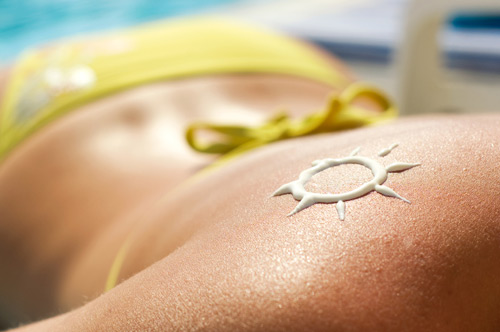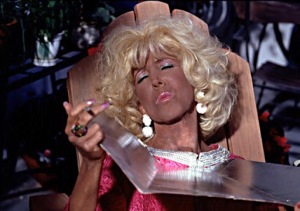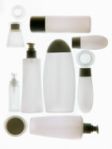 Have you ever tried to explain the different layers of the skin to your clients and then observe them as they look back at you with that blank stare?
Have you ever tried to explain the different layers of the skin to your clients and then observe them as they look back at you with that blank stare?
I like to paint a picture in their mind’s eye of all the layers, what they each do and which layer you are working with. I start by explaining the function of the skin as a whole and then break each layer down. I like to clarify by saying, “The skin is alive and it will repair itself, I am causing the skin trauma in order for the skin to regenerate and make new cells. These new cells go on to replace the old cells.”
Understanding the anatomy and physiology of the skin can provide insight to the measures that can be made to minimize the damage that can surface due to exfoliation treatments. Personally I like to paint the picture all the layers of the skin, including muscle tissue as a bed. This helps your client to understand of how deep the treatment penetrates and which part of the Epidermis, Dermis and Subcutainous layers that I am stimulating.
Lets break it down…
Comforter= Top Layer of the Epidermis- (Stratum Corneum)- Removal of the comforter by way of bio-chemicals (enzymes), chemical (AHA, BHA, Jessner and TCA) or physical treatment (Microdermabrasion, pumice, etc) allows any treatment to penetrate deeper.
When I stimulate the comforter by removing the top layer of the skin I put the skin in defense mode, thus results are inevitable.
Blankets= Medium or “between” layers of the epidermis (Stratum Lucidium, Granulosum, Spinosum, Germinativum)- The blanket layer is always regenerating every 28-42 days depending on age, lifestyle and genes. The cell cycle is exactly what the treatments are trying to encourage, a speed up of the cycle itself. This is great for wrinkles, fine lines, hyperpigmentation, un-even skin tone and pore size.
Sheets=Stratum germinativum also called the”stratum basale” or the nursery where all the cells are generated. This is a crucial layer for the client to understand as this layer is where the skin makes cells because of stimulating treatments. New cells replace the old cells.
Mattress= Subcutaneous Layer- Collagen and elastin are the building block and structure of the skin. Elastin fibers give skin its ‘rubber bands’, – its ‘snap-back quality’. Sagging skin is lacking youthful levels of elastin fibers . Wrinkles form because there is elastin fiber deficient (sagging) skin lying over the moving muscles of your face. Stimulating exfoliating treatments treats this loss of important elastin fiber by returning the elastin content of your skin to that of elastic, youthful skin.
Box Spring= Muscle layer. This is where the main structure of our skin covers. Muscles need to be massaged and stimulated in the same way our skin does. Muscle tension can cause wrinkles such as crow’s feet, labial folds and forehead lines. Memory lines. Treatments such as micro-current www.beautifulimagellc.com and high frequency can stimulate and relax muscle tension.
I hope this helps you understand the structure of the skin, and if you are a service provider like an Aesthetician, then you can be more effective in explaining what exactly what part of the face you are working on.
Please keep you eye out for this is an exerpt from the article I am writing for Les Nouvelles Esthetique & Spa or visit www.www.lneonline.com that should be published in this years May issue.




